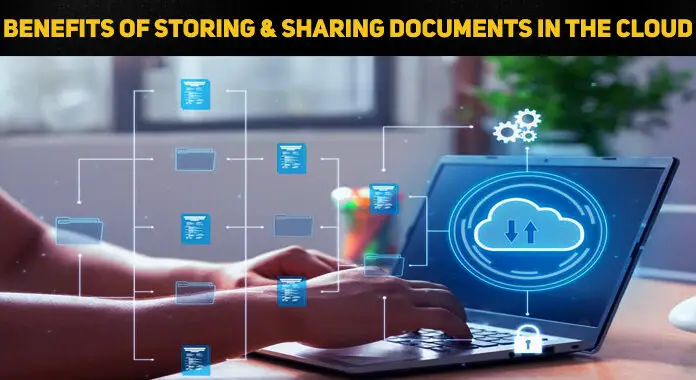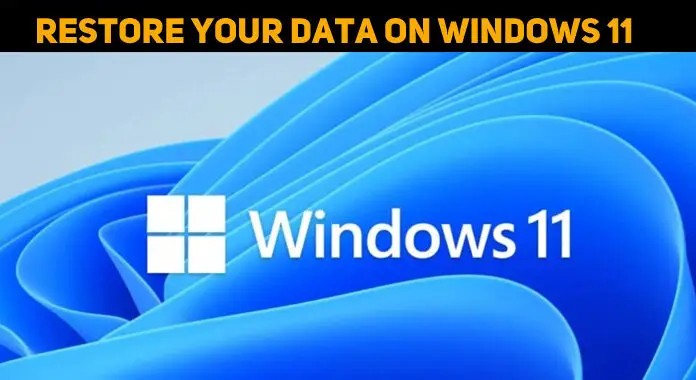
Apple has now declared to be on top of the flash back malware threat,how can one be able to detect and do away with the spiteful software?
Apple now on top of flash back malware issue

Hello!
FlashbackChecker, a tool created by and independent developer can help detect if there are a presence of malware in your Mac. However, it does not remove it. Apple has released a Java Security Update to remove Flashback Malware. Apple suggests to all Mac users to install the Java Update even if they had already checked their systems for infections. You can find this Java Update in the Apple Menu. This Java Update can remove common variants of Flashback Malware.
Keep your Mac from downloading free softwares from an unknown source since this can be a trace of unknown Flashback Malware.
Hope it helped.
Thanks.
-Neil-
Apple now on top of flash back malware issue

The Flashback malware issue on Mac OS X has already been resolved years ago. Apple also released a tool to remove the most common variants of the Flashback malware. When the Flashback malware is found, the tool may require to restart the computer in some instances to completely remove the malware from the system.
You can download the tool from Flashback Malware Removal Tool. This malware removal tool is recommended for users with Mac OS X Lion that doesn’t have Java Runtime Environment installed. You can also download the malware removal tool from the Apple Software Update. According to CNET, it was estimated to be around 600,000 Mac PCs that were suspected to be infected by the malware.
To detect if you have the Flashback malware on your system, run the following commands in the terminal:
-
defaults read ~/.MacOSX/environment DYLD_INSERT_LIBRARIES
-
defaults read /Applications/Safari.app/Contents/Info LSEnvironment
-
defaults read /Applications/Firefox.app/Contents/Info LSEnvironment
These commands will read the “environment.plist” file in the user account and the “Info.plist” file of several target programs. It will verify if the variable [“DYLD_INSERT_LIBRARIES”] used by the malware to start itself exists. If the variable is not found, all these commands will show that the default pair “does not exist”. But in case it is found, all the commands will show the path to the malware file.












